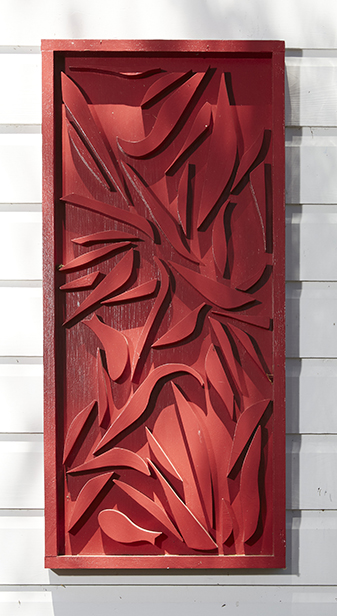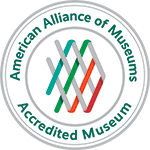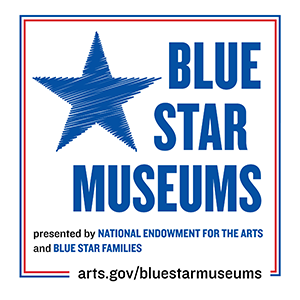Repurposed Art Artist Books with Geo Rutherford

Lesson by Artist Geo Rutherford
Grades K–12
Mary Nohl worked with the shore of Lake Michigan in her backyard. She spent time observing the beach and collecting various objects from the sand. Her practice incorporated the Great Lakes and detritus from the world around her. Anything from natural material such as rocks, sand, and driftwood to plastic and beach glass would find their way into her work, buried in a concrete sculpture or hanging from the ceiling as a mobile.
Artist Connection
Geo Rutherford is a Milwaukee book artist who spends time along the Great Lakes collecting various specimens the lake has turned over to the shore. Each object, strewn haphazardly along the sand, is a piece of the story. A narrative begins to form amongst the found materials: beach glass, flat shale, driftwood, cigarettes, nurdles, feathers, black sand, dune roots, plastic, shells, balloons, beetles, cigar mouthpieces, face masks, straws, crinoid fossils, more plastic, rusty crawfish claws, bones, toy army men, and fishhooks. She takes these found materials and uses them in her artwork to tell the story about the health and wellness of the Great Lakes.
Inspired by the beach, and back in the studio, both artists have a strong sketchbook and journaling practice. Rutherford creates collages, prints, and artist books focusing on Great Lakes issues from pollution to invasive species. The craft of book arts involves the creation of works that use or refer to structural and conceptual properties of books. Artists may craft a book to be a journal, a sketchbook, or a beautiful object, or they can push the purpose of the form to be more than just a book. It’s an artist book if the artist intends it to be one: artist books are art in book form.

Overview
Students will learn about artist books and the craft of creating handmade books. Students will experiment with creating a new work of art from the remains of an old artwork. Students will use either old artwork or found material to create an accordion-fold artist book. The product of this artist book will depend on the size of the artwork available. The final product of this project is not meant to be planned, but instead the student will let the steps guide them to an unpredictable accordion-fold book.
Key Vocabulary
• Artist Book
• Experimentation
• Accordion Fold
• Book Arts
• Repurpose
• Recycle
• Collage

Materials
• An old artwork—preferably on a cotton paper or watercolor paper. Something that will fold smoothly. The size doesn’t matter because the final product is unpredictable.
• Mixed-media materials example: colored pencils, black-tipped pens, watercolor, markers
• Optional book making materials: needles, awls, waxed thread (optional)
• Scissors or an X-Acto knife
• Self-healing mat board
• Glue (glue sticks or liquid glue)
• Hardcover (bristol board, book board)
• Optional: decorative paper for the cover and collage material

Artists who make artist books may ask themselves these questions:
Is it a book if it has no spine?
Is it a book if it has no words?
Is it a book if you can’t open it?
Is it a book if you can’t read it?
Is it a book if it has no pages?
Is it a book if there is no narrative?
Is it a book if it’s not made from any paper?
Essential Questions:
What is an artist book?
How can playing/experimenting produce original thought?
How can an artist book be made from recycled artwork?
Can an artwork be repurposed?
Can narrative form in an abstract book space?
What kind of processes or resources promote experimentation?
Steps for Creating
1. Take an old artwork and divide it into equal lengthwise strips. Use a ruler to make each piece the same width (probably the same length too but this matters less). The more strips you have, the longer the finished accordion fold book will be.
2. You will be cutting one end of the strips in a jigsaw manner (One piece will not need a jigsaw cut, it can be whole). If the old artwork allows for this to be a part of the composition, then work around the art, but it can also just be a decorative geometric or organic cut.
3. Place the pieces down to create one long piece of paper, figuring out how you want the book to fit together. At this stage, you want to play with the final look of the long composition. It’s very much like a puzzle.
4. Once you have your composition how you like it, flip it over and lightly mark where the paper is overlapping.
5. Glue the pieces together and let thoroughly dry.
6. If you want to add a backing to the book (preferably use a strong foldable lightweight paper) glue carefully and let it fully dry.
7. Fold the book into an accordion. Start by folding it in half before folding each section towards the middle fold. This may require referencing the video since there is a preferred way of folding to achieve an even accordion.
8. Using chipboard, make hardcovers. It’s optional to wrap the cover with decorative or leftover paper. Also reference the video for details on how to make the covers.
9. Glue hardcovers to the accordion fold book.
10. Let the book thoroughly dry. If needed, leave the book under a heavy weight to create a smooth finish.
11. At this point, you can add any details to the book on the front or back if the composition feels unfinished. You can also add pamphlet-stitched inserts or a handwritten narrative based on what the book is now communicating through the composition.

Proposed Objectives
(Organized by National Core Arts Standards Artistic Processes)
Creating (VA:Cr2.1.8a): Students will demonstrate willingness to experiment, innovate, and take risks to pursue ideas, forms, and meanings that emerge in the process of art thinking and making.
Responding (VA:Re8.1.Ia): Students will interpret an artwork or collection of works, supported by relevant and sufficient evidence found in the work and its various contexts.
Connecting (VA:Cn10.1.Ia): Students will document the process of developing ideas from early stages to fully elaborated ideas.
Presenting (VA:Pr4.1.8a): Students will reflect and share about their work.





